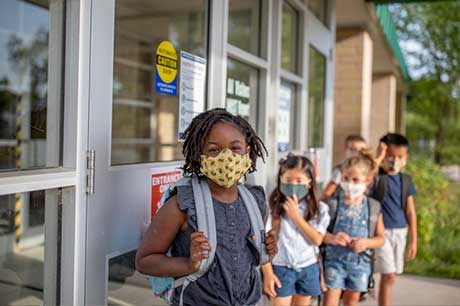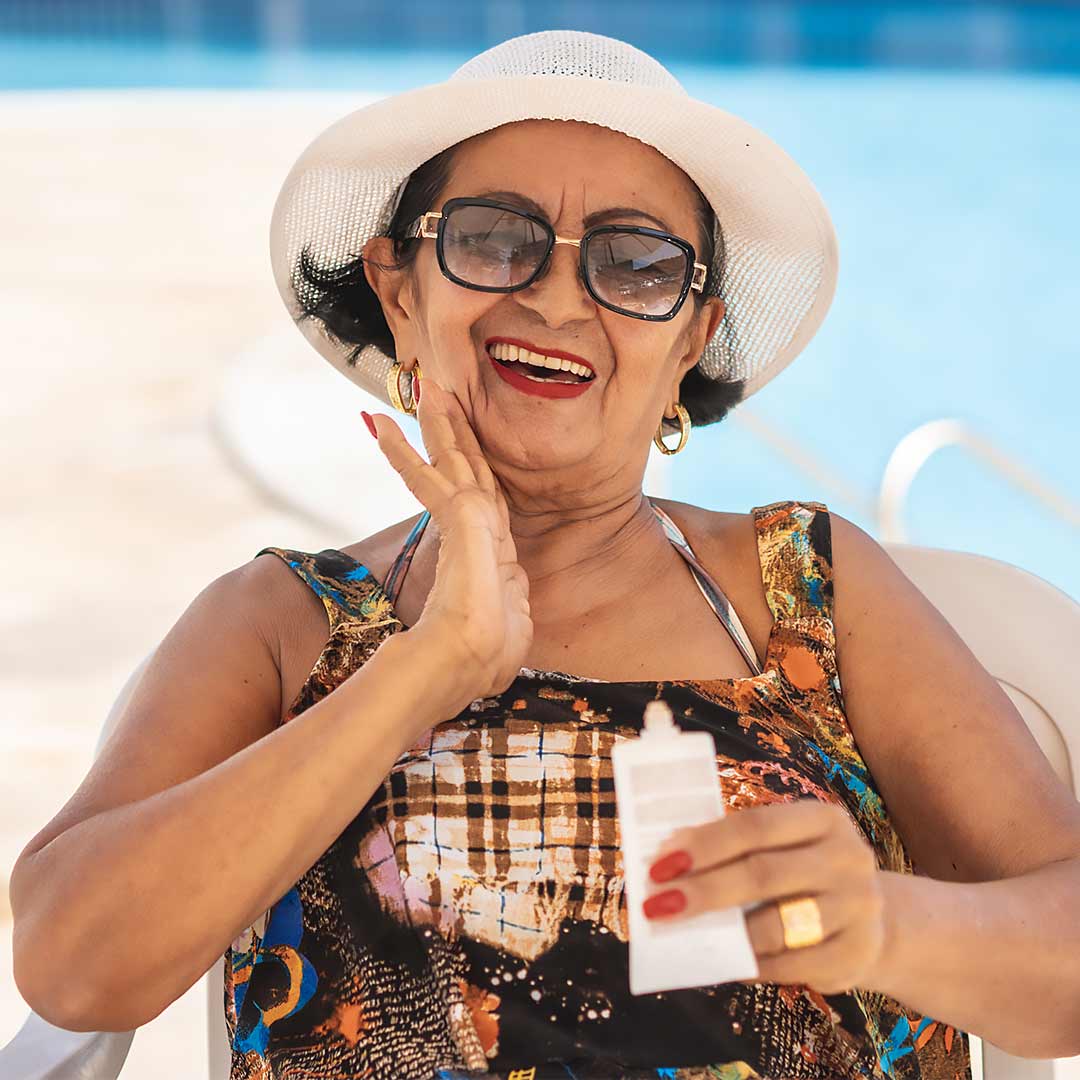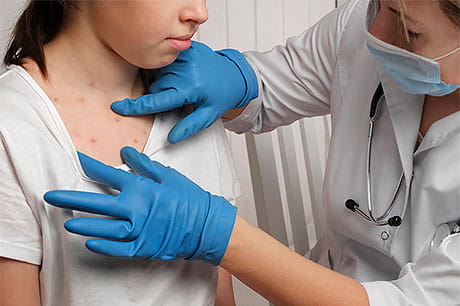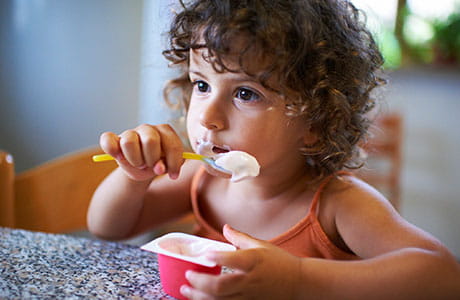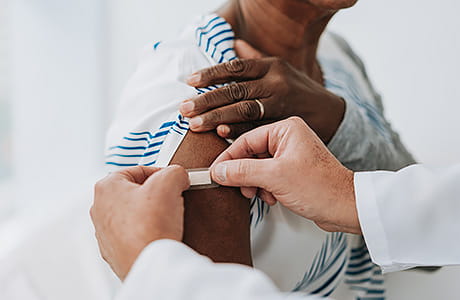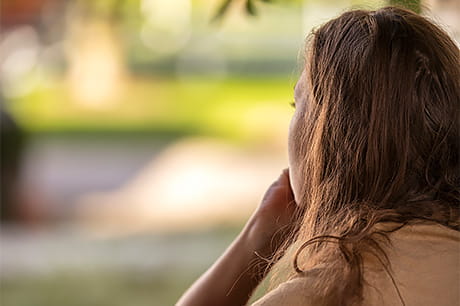How to protect your child who can’t get the COVID-19 vaccine yet
As the delta variant spreads, keep your child protected with a few simple steps.
The arrival of the COVID vaccine brought many of us much-needed relief from the pandemic. But in areas with lower vaccination rates, COVID variants, like delta, are causing another rise in cases.
Since the delta variant is considered more contagious than the original COVID strain, children who are too young to receive the COVID vaccine yet (and anyone else who hasn’t been vaccinated) are at a higher risk for getting and spreading it.
Until vaccines are approved for younger children, you can take other steps to protect your child’s health. And it’s not about completely isolating your family. It’s about making safe choices.
Read through pediatric infectious diseases specialist Dr. Jennifer Vodzak's practical tips for protecting your child as the pandemic continues:
1. Get vaccinated against COVID-19
Keeping older family members healthy protects the younger ones. So encourage everyone age 12 or older in your family — and those you interact with often — to get fully vaccinated. This includes getting any additional doses as recommended by the CDC to keep protection levels up.
“Getting vaccinated is safe and it reduces your risk of getting COVID-19 — and if you do, you’re less likely to get severely sick,” explains Dr. Vodzak. “With less virus spreading, your child’s risk of getting sick is lower.”
2. Wear a mask
Maximize your family’s protection from the delta variant by making sure everyone age 2 and older wears a mask in public indoor spaces. The CDC says this is especially important if you live in an area of substantial or high transmission of COVID.
“Because masking helps reduce transmission of the virus and protect those who aren’t vaccinated, the American Academy of Pediatrics has also recommended that children wear masks as they head back to school this fall,” adds Dr. Vodzak.
Hung up those masks for a bit? As you get them out, remember to choose ones that fit well — and wash them often with warm, soapy water.
“When it comes to masks for your child, the best mask is one that fits well and that your child will wear,” adds Dr. Vodzak. “A well-fitted cloth mask works much better than a poorly fitting disposable mask.”
3. Choose safer activities for your family
With COVID cases on the rise in many areas, reconsider the risks of activities that felt much safer just a few months ago.
Outdoor activities, especially those where you can keep your distance from others, are safer than indoor ones. And if you’re going to be in a public indoor space, mask up and keep your distance from others.
When choosing activities for your family, you’ll also want to look at the level of transmission in your area. “If it’s considered substantial or high, you may want to plan an outdoor activity where physical distancing is possible,” says Dr. Vodzak. “And when this isn’t possible, we recommend wearing a mask and following other preventive measures, no matter the activity you choose.”
4. Have a conversation with family members and friends
Ideally, anyone outside your household that you or your child spend time with should be taking the same steps to protect their family as you are.
Before planning dinner parties, sleepovers or other gatherings, have a conversation to make sure everyone is on the same page.
A few things to consider: Is everyone vaccinated and taking precautions outside of their home? Do you have a plan to report any possible symptoms to one another? If someone does get sick, will they isolate at home (away from others) until they feel better?
“Having these conversations allows everyone to connect and spend time together safely,” says Dr. Vodzak.
5. If your child is sick, keep them home from school
This tip is really more about protecting others — but when others follow it, your child is protected, too. If your kid’s feeling ill, especially with symptoms of a cold, it’s always better to be safe than sorry.
“Keeping kids home from school when they’re sick keeps others from getting sick,” says Dr. Vodzak. “This also helps schools avoid having to shut down or go virtual, keeping kids in school safely alongside their friends and teachers — where they can thrive.”
So, if your child wakes up with the sniffles, keep them home and don’t be afraid to consult your pediatrician for advice.
And there’s good news: Despite the rise in cases, vaccination rates are also rising. By taking some extra precautions and getting your child vaccinated when it’s approved for them, you can keep everyone safe — and help put an end to this pandemic.
Next steps:
Meet Jennifer Vodzak, MD
Schedule a COVID vaccine appointment
Learn more about pediatric care at Geisinger
